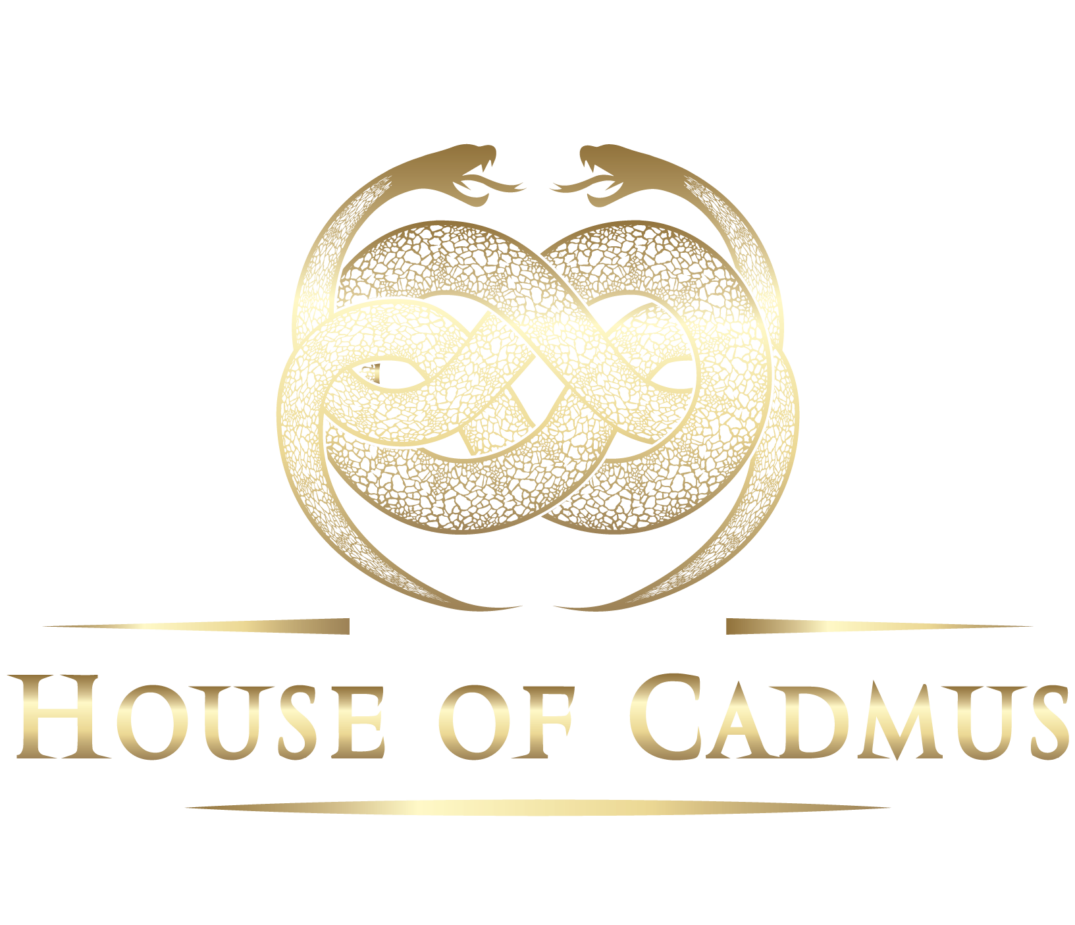Built upon mystery and secrecy, the world of magicians is one seldom open to those of us who do not dabble in the magical. While the caricature of modern magicians is fraught with top-hat-wearing figures and basic card tricks, the history behind magicians and their magic is one in line with some of the most fascinating beliefs of the past—that of the arcane, supernatural, occult, and the overall drive for knowledge of—and ability to make use of—the otherworldly.
While it would be understandable to surmise that the history of magicians as we know them began during The Golden Age of Magic that saw the incredible rise of magic as popular entertainment from around the 1880s to around the 1930s, the truth is that magic as entertainment—and not something to be punished as evildoing—has roots as far back as 2500 BC, though the first reliably documented proof of magic as a performance art came around 50 AD. The magic we associate with magicians—card tricks, sleight-of-hand, rabbits and hats—is far more than meets the eye, just as its history is far richer than one may expect, not all that far removed from the different types of magic we typically don’t associate with magicians but the supernatural instead. And, as is so often the case with life’s most intriguing topics, it is a history best explored through the perusal of ancient volumes.
In Midtown Manhattan, hidden within the walls of the fifth floor of an otherwise unremarkable high rise, exists a library like no other, home to one of the world’s largest collections of books and rare texts dedicated to magic. Founded in 2003, The Conjuring Arts Research Center is the result of William Kalush’s interest in magic, first as a young magician and then as a devoted collector of books on magic. As his personal collection grew, Kalush felt compelled to share his collection with the world through the formation of an organization that would continue to grow the collection while opening it up to those who shared his interest in the magical—fellow magicians, researchers, and scholars.

Located right in the heart of the city’s magic community with famous magic shops just blocks away, Conjuring Arts is an invaluable resource for those interested in magic. Boasting a collection of over 12 thousand books and over 5 million total documents, this library houses rare pieces of magical literature that cannot be found even at the most respected and prestigious of universities or libraries. From books on illusion, sleight-of-hand techniques and other books focused on the technical aspects of being a magician to the history of magic and mentalism, the Conjuring Arts Library collection is housed in three rooms described as having towering stacks and velvet drapes. Other visitors have described walking into the library as reminiscent of entering a classic gentleman’s club, cozy but not stuffy–certainly a fittingly mysterious and atmospheric place to house such treasures.

In the center of the library is a small, windowless room lined with perhaps the most precious books within the collection. Kept under lock and key, the rare books room is home to the oldest and rarest treasures, including numerous vellum-bound editions from ancient Europe, many of which are some of the earliest written histories of magic. Their collection includes such titles as Reginald Scot’s well-known The Discoverie of Witchcraft, which surmises that witchcraft is not real and sets out to explain how feats of magic are accomplished and is considered by many to be the first textbook on conjuring.

The Conjuring Arts sources these rare gems, hunting down books and ephemera that will enrich their collection, but they are more than simply a library. Their pursuit of these specialized books goes beyond simply curating and preserving one of the world’s largest collections—they want to make it accessible to all. Much of the Center’s work revolves around translating and digitizing their collection in order to allow more magicians, researchers, and historians than ever a glimpse at the history of the arcane no matter the original language. One of their translated editions is De viribus quantitates by Luca Pacioli, a 15th century book written in Latin that is widely believed to be the first book of magic. They’ve digitized over 2 million texts so far, allowing all with a membership the ability to browse the collection (and translate into nearly 50 languages) through their Ask Alexander feature, an online database named for an early 20th century mentalist Claude Alexander Conlin whose act was called Alexander the Man Who Knows.

Not all readers, magicians, and scholars are allowed behind the velvet curtains of the Conjuring Arts Library, however. The Center is not open to the public in the way a bookstore is, but those interested in conducting research are welcome to apply for an appointment by sharing their project goals and the books (five maximum) they’d like to read during their appointment. Visitors are supervised and browsing is not allowed, but the Center does have a partnership with local magic shops Tannen’s and Fantasma that, in addition to magician ephemera being on display, includes a lending library. Specific books are shared at Tannen’s for browsing and borrowing, courtesy of the Conjuring Arts Library.
Related: Watkins Books | Literary Destinations
Though not a Literary Destination that is easily visited, the Conjuring Arts Research Center is certainly a fascinating place doing incredible work to source and preserve significant documents on a most fascinating subject. A place rich in history and cloaked in atmosphere, the Conjuring Arts Library is as intriguing and alluring as one might expect from a hidden magicians library.
